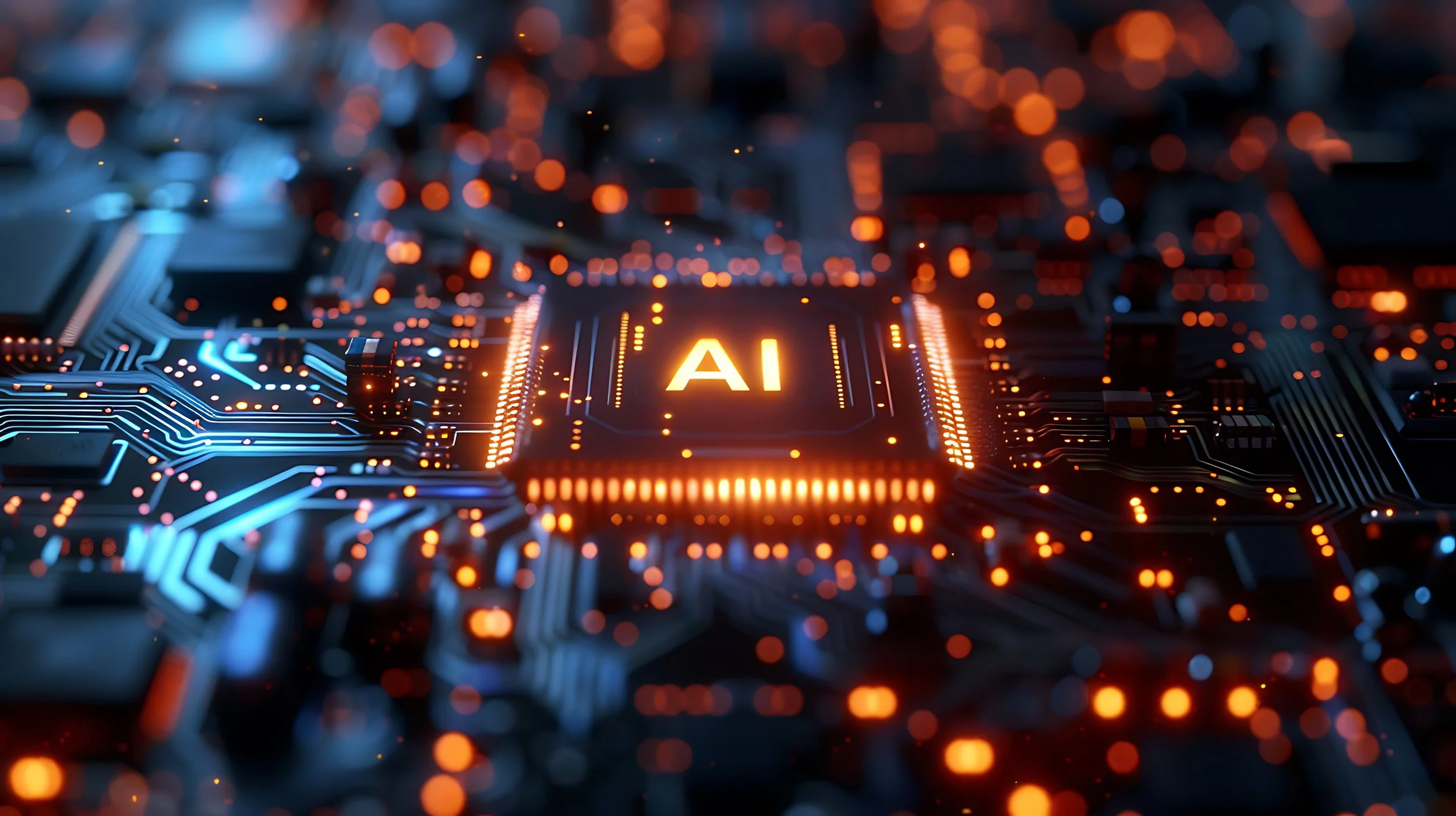Leading with Intelligence: AI’s Role in Cyber Defence
Artificial Intelligence
The Double Edged Sword
5 minute read
(All names mentioned herein are fictional)
Meridian Monetary Group stood tall, trusting its time-tested signature-based antivirus and rule-based SIEM for defence.
For years, this shield seemed unbreakable.
However, lurking in the shadows was CodePhantom Crew, armed with an AI-driven hacking tool. This sinister algorithm could outsmart Meridian Monetary's traditional defences, learning their patterns and sneaking past undetected. One chilling night, CodePhantom Crew struck. His AI beast weaved through Meridian Monetary's defences like a ghost, making a mockery of the once-trusted systems. By morning, Meridian Monetary Group's vaults were emptied, and their secrets laid bare. It was a stark wake-up call: In an AI-powered battleground, old defences were mere child's play for new predators.
Drawing on the cautionary tale of Meridian Monetary Group, it becomes glaringly evident how crucial it is for businesses to adapt and evolve. The thin line that stands between us and looming cyber threats feels more like a delicate thread, waiting to snap. With each passing day, businesses and organizations around the globe grapple with new vulnerabilities and threats. In such a scenario, it's no longer sufficient to rely on traditional defence mechanisms alone.
Artificial Intelligence (AI) has emerged as a pivotal ally in hardening our cyber defences. For C-Level Executives, understanding AI's transformative potential in cybersecurity is not just beneficial—it's crucial. Today, we would like to share with you how AI is reshaping the cybersecurity landscape and why it's important for C-Level Executives to take advantage of this wave.
The Rise of AI in Cybersecurity
In the past, cybersecurity strategies heavily relied on manual, rule-based approaches and signature-based technologies. While these methods offered some degree of effectiveness, they struggled to match the speed of change and the evolving tactics of cyber criminals. Enter Artificial Intelligence (AI), a transformative force in the domain of cybersecurity. AI has elevated our security measures, rendering them more intelligent, predictive, and responsive.
Evolution of Cyber Attacks
Before AI became widely used in cybersecurity, cyber attackers were mostly dependent on traditional methods. While these methods had some success, they lacked the finesse and efficiency of attacks powered by AI. Nowadays, cyber criminals use AI-powered hacking tools to create highly convincing phishing emails. These algorithms analyse vast data to craft personalized messages, tricking people into revealing sensitive information or interacting with harmful content. AI-driven malware is also adept at changing its behaviour dynamically, making it hard to detect using traditional security measures.
Artificial Intelligence, in the hands of cybercriminals, greatly strengthens their attacks. It significantly expands the reach and impact of cyber threats. In the past, cybercrimes depended on human skills and took a lot of time to plan. But with AI, things have changed. Cybercriminals now use automation to quickly find weak points, launch large-scale attacks, and adjust their strategies based on how organizations try to defend against them. This shift has made tackling cyber threats much more complex and challenging.
Additionally, the emergence of deepfake technology, a subset of AI, poses a worrisome trend. Cybercriminals can create realistic fake videos or audio recordings, manipulating public opinion or damaging reputations with fabricated content. This trend highlights the growing sophistication of cyber threats in the age of AI.
Limitations of Traditional Technology based Security
Traditional security tools, such as signature-based anti-virus or rule-based SIEMs, were once the hallmark of reliability. However, these signature-based and rule-driven measures now struggle to keep pace, especially when cybercriminals are leveraging AI for their attacks.
Proactive measures, like integrating AI-enhanced cybersecurity tools and promoting awareness of this, are indispensable in this new age. The pitfalls of relying solely on older methods are evident: increased false positives, heightened vulnerabilities, and an inability to address the multifaceted nature of modern threats.
The transition from manual, traditional defences to AI-driven solutions is not just beneficial—it's vital. Only by modernizing our approach can we ensure the protection of sensitive data and uphold the trustworthiness of our data and digital communications.
Integrating AI in Cyber defences
Integrating AI into cybersecurity practices is essential for organizations aiming to strengthen their defences. Security Operations Center (SOC) monitoring, email security detection, endpoint protection, and email awareness are areas where AI can be seamlessly integrated. Here are some recommended strategies that you may wish to consider for your organisation:
SOC Monitoring: Implement AI-driven Security Operations Center (SOC) monitoring tools for real-time threat analysis and response. Features to Look for:
SOAR (Security Orchestration, Automation, and Response): Ensures automated responses to identified threats.
Threat Intelligence Integration: Real-time updates from global threat feeds that the AI can learn from.
Behavioral Analytics: Capability to analyse normal vs. anomalous behavior in real-time.
What you should do?
Ask the vendor to explain how their AI models utilize these features. For instance, can the system automatically adjust its threat detection algorithms based on new threat intelligence data.
Email Security Detection:
Leverage AI to enhance email security tools, detecting and blocking phishing attempts and malicious attachments. Features to look for:
Zero-Day Threat Analysis: The capability to detect threats not previously identified using heuristics.
Contextual Analysis: Examining emails in the context of the relationship between users, user behavior, communication patterns, and threat intelligence.
What you should do?
Challenge the vendor with recent, real-world phishing examples and see how the tool reacts especially with sophisticated email impersonation attacks.
Endpoint Protection:
Employ AI-driven EDR solutions to safeguard individual devices from advanced threats. Features to look for :
AI-Based Threat Detection: Moving beyond signature-based engines and heuristic-based engines to a native AI-based threat detection engine.
Automated Threat Response: Can it quarantine or neutralize threats without manual intervention?
What you should do?
Inquire how the solution responds to previously unseen malware or attack techniques, emphasizing behavior over signatures. Word of caution, many of the so-called AI-based EDRs, in fact run on signature-based detection engines and only employ a small portion of AI on the prioritisation of alerts on their consoles.
Adaptive Authentication:
Implement adaptive authentication using AI algorithms, which can identify and verify users based on their behavior, reducing the risk of unauthorized access. Features to look for:
Behavioral Biometrics: Recognizing users based on unique Behavioral traits (e.g., typing patterns).
Risk-based Challenge Levels: Adjusting authentication challenges based on perceived risk (e.g., requesting additional factors if a login is from a new location).
What you should do?
Create diverse user scenarios and see how the authentication system's challenge level adapts.
Security Intelligence:
Automate cybersecurity processes using AI to improve response times and reduce human errors in incident handling. Features to look for:
Intelligent Playbooks: Automated processes for common incidents, with AI suggesting context to incidents or adapting threats score based on incident specifics.
Predictive Analytics: Using past data and current context to predict and respond to potential future threats.
What you should do?
Ask the vendor how their system would handle a series of incidents, noting where automation occurs and how the AI influences decisions.
It is important that you should remain vigilant and not to fall for marketing gimmicks. Many solutions vendors claim to be AI-driven but, in reality, incorporating AI to only specific functions of its tools. As a buyer, it's essential for you to understand to what extent AI has been integrated to these tools (Vendors must be able to demonstrate these aspects clearly).
Conclusion
Addressing the challenges posed by AI with AI-based solutions epitomizes the proverb, "Turning the tables". As AI-driven threats transforms and advances, leveraging the same technology to counteract and pre-empt these threats becomes crucial. By harnessing the power of AI to identify, analyse, and respond to AI-generated risks, we can create a balanced and resilient digital ecosystem.
For C-Level Executives, your key immediate takeaway is clear:
Acknowledging proactive engagement with AI is not merely a strategic choice, but an operational necessity.
Embracing AI-driven defensive measures to ensure that you remain a step ahead to protect organisation's assets.
Prioritize investments in AI research, training, and tools, ensuring a future-proofed approach to cybersecurity.
Engage in collaborative discussions on AI's potential and its implications, both positive and negative, should be part of your regular Executive Committee meetings.



